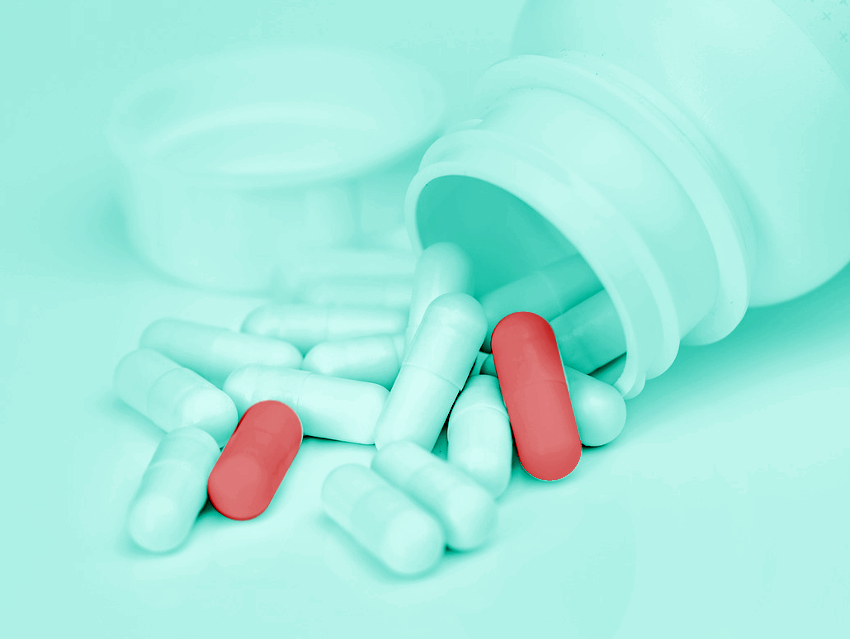Most drugs contain only a small amount of the active ingredient and much larger amounts of inactive ingredients, or “excipients”, such as fillers, binders, emulsifiers, colorants, preservatives, etc. These compounds are considered to be pharmaceutically inactive. However, this assumption has usually been based on toxicity studied in animals or historical precedent, not on detailed studies of their interaction with possible drug targets.
Brian K. Shoichet, University of California, San Francisco, USA, Laszlo Urban, Novartis Institutes for Biomedical Research, Cambridge, MA, USA, and colleagues have screened a range of widely used excipients for biological activity. The team first used a computational approach to predict possible target proteins. They compared 639 excipients to the known ligands of 3117 target proteins. They found 69 excipient–protein pairs in which the excipient is similar to a known protein ligand, and thus, might also bind to the protein.
These pairs of excipients and protein targets were then screened experimentally using in-vitro assays. The team found that 19 of the excipients were active against at least one target protein. In addition, the researchers also screened 73 widely used excipients against 28 protein targets generally associated with drug safety. Here, they found that 32 excipients were active against one or more target proteins. The activities of the “inactive” ingredients ranged from low-nanomolar to high-micromolar concentrations. Some of the excipients are more potent than active small-molecule drug ingredients.
The team points out that in-vitro activity might not translate to observable effects in an animal or human subject in all cases. They performed further tests of excipients with high activities using a cell-based panel and animal studies. The researchers found that, in rare cases, excipients may reach blood concentrations high enough to act on the determined target proteins. The team concludes that while most excipients are genuinely inactive, some could have relevant biological activities. Several of the studied excipients, e.g., some colorants, are also used in food or cosmetics, which might merit a closer review.
- The activities of drug inactive ingredients on biological targets,
Joshua Pottel, Duncan Armstrong, Ling Zou, Alexander Fekete, Xi-Ping Huang, Hayarpi Torosyan, Dallas Bednarczyk, Steven Whitebread, Barun Bhhatarai, Guiqing Liang, Hong Jin, S. Nassir Ghaemi, Samuel Slocum, Katalin V. Lukacs, John J. Irwin, Ellen L. Berg, Kathleen M. Giacomini, Bryan L. Roth, Brian K. Shoichet, Laszlo Urban,,
Science 2020.
https://doi.org/10.1126/science.aaz9906




